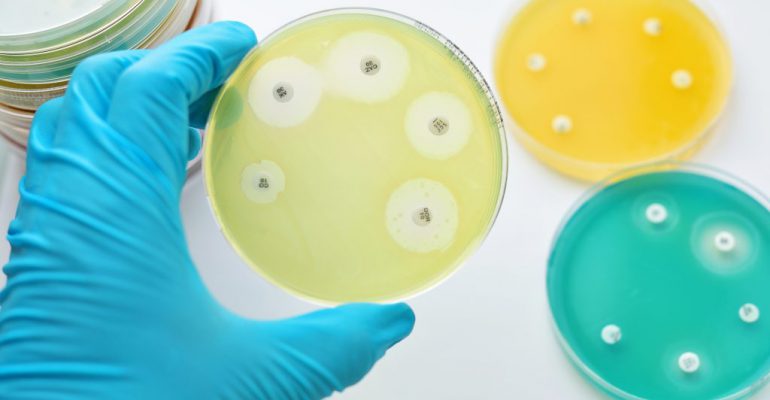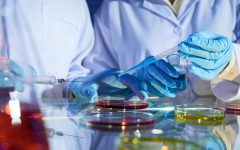The Global Spread Of Antibiotic Resistance
January 12, 2022 2022-02-24 11:34The Global Spread Of Antibiotic Resistance
The rise of antibiotic resistance is one of the biggest challenges of modern times, yet there are still large gaps in public understanding of the issue. Many of these bacteria are harmless or even beneficial helping digestion and immunity but there are few bad apples that can cause harmful infections from minor inconvenience to deadly epidemics. Fortunately, there are some amazing medicines designed to fight bacterial infections.
You probably have antibiotic resistance before but most people don’t realize that it’s actually the bacteria that become resistant to the antibiotics, not humans or animals but what is antibiotic resistance and why is it so dangerous? Antibiotics are the type of medicines that are used to treat or prevent bacterial infections by inhibiting certain metabolic or chemical processes that occur inside the bacteria. Antibiotic resistance happens when the antibiotics cannot interrupt the bacteria’s life cycle anymore and so the bacterial infections become harder or difficult to treat. When we take a dose of antibiotics, there will be some bacteria in the population that remains unaffected by the treatment, because of their genes then these bacteria are said to be resistant. These bacteria then reproduce passing their resistance to their offspring and the process goes on and on.
Newly discovered antibiotics were often only effective for a narrow spectrum of infections whereas the previous ones had been broadly applicable. This isn’t a problem but it does mean that fewer doses of these drugs could be sold making the companies less profitable. In the early days, antibiotics were heavily overprescribed, including for viral infections they had no effect on! Scrutiny around prescriptions increased, which is good but also lowered sales.
It’s a global threat. It affects anyone of any age in any country and without urgent action, the world could be headed for a post-antibiotic era where the common injuries and minor infections which have been treatable for decades can once again kill.
Why it is happening? The current global resistant antibiotic is the result of 6 factors i.e. Overprescribing or incorrect prescription, not finishing the full course, overuse in livestock, poor infection control in the hospital, lack of hygiene and poor sanitation, and lack of new antibiotics being developed.
Many bacteria that are common in animals like Salmonella can also infect humans, and drug-resistant versions can pass through the food chain. In terms of finding new antibiotics, nature offers the most promising new compounds. We can also package antibiotics with molecules that inhibit resistance. One way bacteria develop resistance is through proteins of their own that degrade the drug. By packaging the antibiotic with the molecules that block the degraders, the antibiotic can do its job.
Phages viruses that attack bacteria but don’t affect humans are one promising new avenue to combat bacterial infections. Developing vaccines for common infections meanwhile can help prevent disease in the first place. The biggest challenge to all these approaches is funding which is woefully inadequate across the globe. All these steps can be helpful in preventing the global threat of antibiotic resistance and we should also take care of ourselves by having the full course medication, taking medicines only prescribed by the physician, and also by educating the people and providing awareness regarding this threat.
Authored by Ankita Sharma, Batch 20, Biocon KGI Certificate Program in Biosciences








